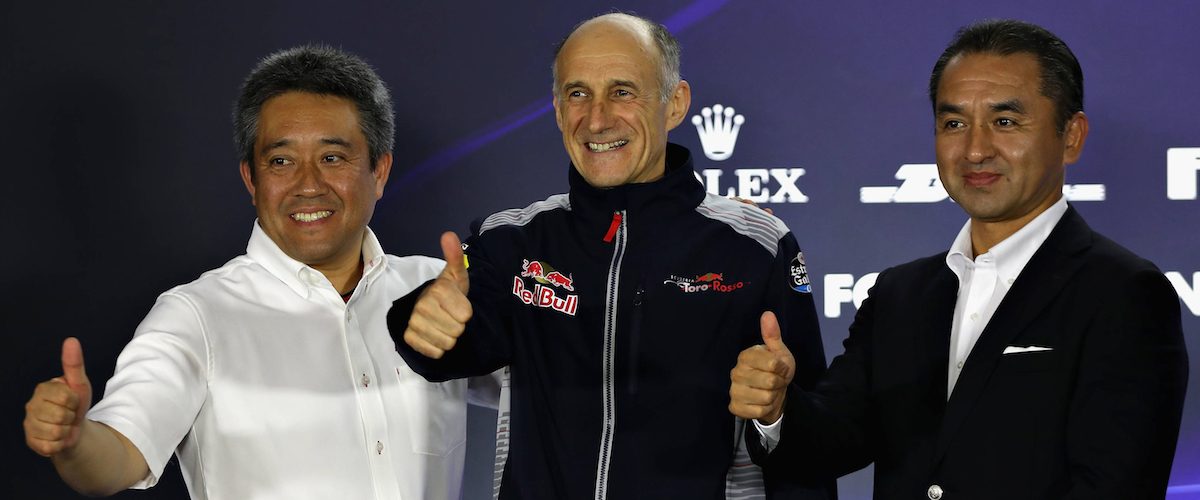The Faenza-based team recently signed a new agreement with Honda, and in the words of Team Principal Franz Tost, Toro Rosso expects “to get out a lot on the design side as well as from the cooperation.”
While the media have a field day discussing the news, Acronis spoke to Raffaele Boschetti, who heads the IT at Scuderia Toro Rosso, about what’s involved in getting ready for a new engine supplier. With everything relying on data, it was only appropriate to start with IT.
Last year, also during the Malaysian Grand Prix in Sepang, we learned about the intricacies of managing IT for a Formula 1 team, including the fact that the engine supplier had its own servers in the team’s rack. Today, we found out a little more.
What’s involved in preparing for a new engine from the point of view of IT?
To prepare for a new engine supplier we study technical data and ask the vendor what they need. We already started doing that. Then, we deliver. Most likely, it’ll be virtual machines and server space at the track. They’ll use some of our rack space to install their own devices. They’ll need dedicated machines to run software tools specific to the engine.
Why do they need to install it in your rack?
Engine vendors need to be close to the car. The car has hundreds of sensors, many of which are related to the engine. When the engine starts, the car starts sending data. The servers that process it, need to be close-by to maximize the engineers’ productivity.
The engine supplier would want to start receiving telemetry as soon as possible. It’ll be used to provide feedback and introduce potential improvements to the engine, both during the development stage and next year during each race.
Do you provide data protection for those devices?
We provide space, network connectivity, and telemetry feeds. We’ll include new virtual machines into our existing DR and business continuity solutions. For their own specific devices they’ll use their own protection tools, so everything will be secure.
What type of data will be exchanged during the development?
A new engine means more work on the car: it may affect the chassis, aerodynamics, and the car’s weight. We’ll need to rethink and adjust the car according to the new specifications. There will be a lot of CAD data generated and exchanged between Toro Rosso and Honda. We’ll also need to understand the engine’s performance parameters, so more data will be about the engine performance.
It’s a data-driven sport. We’ll have strict security procedures on every stage of information exchange. The recent deployment of Acronis Access Advanced is very timely, as it’ll help us share sensitive information with ultimate security.
Collaboration with Honda is important to us. They have a dedicated team, which is, just like Toro Rosso, has very ambitious goals. We can learn a lot from working together. Sharing the same vision and goals are a very good starting point!
Thank you and good luck with the new partnership!
Thank you!
Image: Scuderia Toro Rosso Team Principal Franz Tost (center) with Katsuhide Moriyama(right) and Masashi Yamamoto (left), both of Honda, in a press conference in Singapore to announce the partnership between Honda and Scuderia Toro Rosso. © Red Bull Content Pool.



